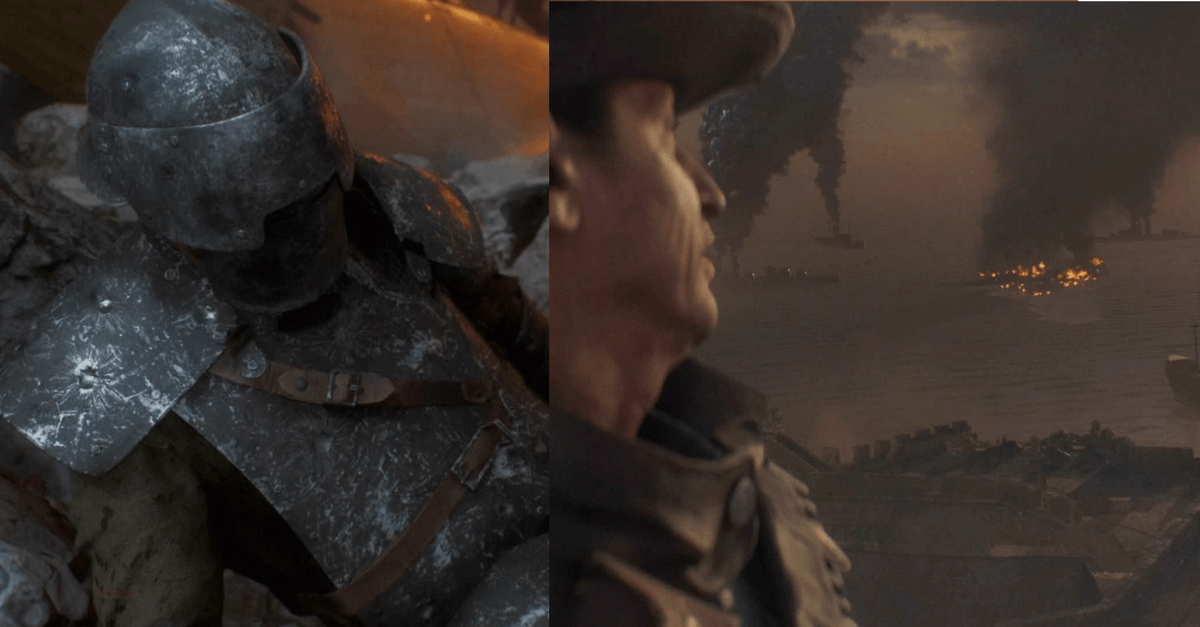War History Online’s very own William McLaughlin reviews the most eagerly-awaited war game of 2016 – Battlefield 1
Battlefield 1 is like two games in one. It’s a powerful historical drama and an exciting action blockbuster. When dealing with war, those are usually the two options. One can look at the terrible cost of war and pull any number of epic or sad tales, but people also like to play at war, and what better medium for playing at war than a video game.
EA-DICE has given WWI probably the best treatment it has gotten in decades. They are far from perfect in historical detail but add in countless details about the war that are 100% accurate but were forgotten by most. The terrible Alpine front between Italy and the Austro-Hungarian Empire is too often just left out, but there is a whole campaign on it in Battlefield 1.
Historical Accuracy: It’s accurate, but doesn’t let history get in the way of gameplay
Before we go too much further, let’s dive into historical accuracy, as this is a war history website. A big complaint through the countless trailers and the early Beta playtime was how a soldier typically didn’t run around with an outrageously hefty anti-tank rifle, or the tanks moved way faster than they historically could, or that submachine guns may have existed but were incredibly rare.
All in all, that’s actually good criticism, as it is essentially saying “well those things existed in history, but not quite like that.”
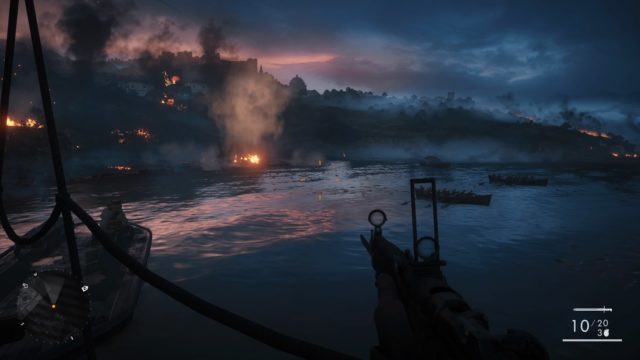
This means that Dice, the developers, put a huge amount of effort into making their game have a rock solid historical foundation before tweaking things to make a fun game.
The vast majority of the game is set in the last year or two of the war as well, making the most advanced tech fit in a more chronological sense.
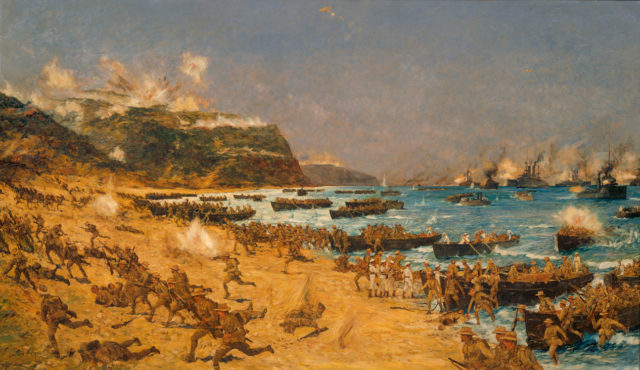
As for everything else, it’s all about having a fun or sensible experience. If tanks could only move at a brisk walking pace, few people would even use them in multiplayer, it would drag on forever in video game time.
If submachine guns were capped so that only a few players could use them at a time that would be too restrictive, and the game already does that with other weapons, sparsely dispersing weapons like flamethrowers and heavy machine guns with body armor throughout multiplayer maps.
For a game that is as big budget (meaning they have to cater to the widest audiences or they likely lose money) as this, it balances gameplay with historical accuracy better than most could have even hoped.
Campaign: travel the world with multiple powerful stories
Let’s take a look at the campaign, or rather, the campaigns as there are several mini-stories that you can pick and choose in any order. WWI was fought in far more locations than the trenches in France. It would be a ridiculous stretch to have a campaign main character who somehow bounced from France to Italy, Turkey and the Middle East, so Dice just decided to treat each theater as its own campaign.
The mandatory prologue immediately differentiates itself from the fun-focused multiplayer. Players are part of the famous Harlem Hellfighters, an outstanding black regiment of the war. Your character is given various small objectives as you learn the basics of aiming, riding in a tank and other concepts.
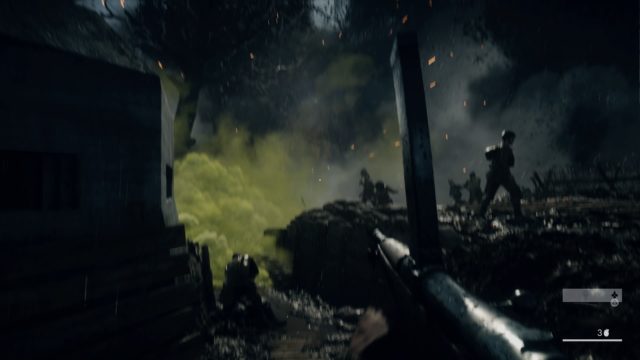
The catch is that no matter how hard you try to stay alive, you simply die. This is by way of a plethora of gunfire, artillery shells, flamethrowers and more and you are essentially helpless to stop it. As your character dies you get a name flashed on the screen with the date of birth and death before the camera flies to another soldier to continue the fight. It is a grueling prologue that gets you into the gritty hopelessness of the trenches of the Western front.
From the prologue, you can pick any of the five main campaigns: A tank operator on the Western Front, a recon pilot, an Italian special forces unit in the unforgiving Dolomite Alps, an ANZAC runner in the Gallipoli Campaign, and a Bedouin warrior working closely with Lawrence of Arabia.
I haven’t played all of them, but the two that stand out are the Italian Alps campaign and the ANZAC runner campaign. Both show off the amazing and awful views of warfare perfectly. As an Italian soldier, you are one of the elite armored troops, donning thick plate armor.
You do feel invincible as you can fearlessly charge up the enemy lines. At a certain point, you lose your armor, and the game does a great job making you feel so very mortal again. A huge rockslide brought on by heavy bombing is a central aspect of the campaign as well.
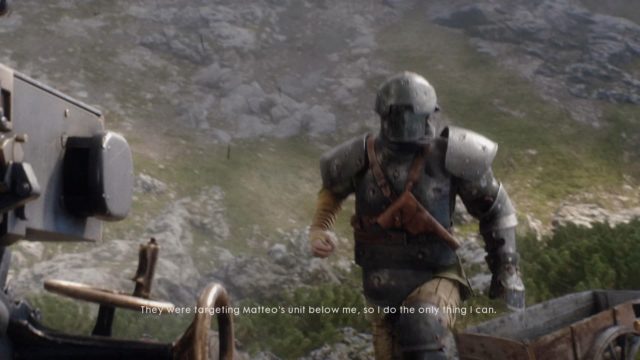
The ANZAC Runner campaign is very well written and presented. It does a great job getting the Australian and New Zealand Army Corps (ANZAC) some important recognition. Gallipoli was a hellish fight, a far less successful early version of D-Day, with an amphibious invasion of Turkey to open a new front.
The player is a message runner, sprinting to the front lines to increase communication. The story is impactful from the very beginning as you can look out over the bay and see allied troops in rowboats, a hardly believable scene until you realize that that really is what they used to get to the shore.
This campaign has a lot of battle for being runner focused as attacks and counterattacks blur the frontlines to the point that you occasionally are behind enemy lines just trying to get back to the command posts.
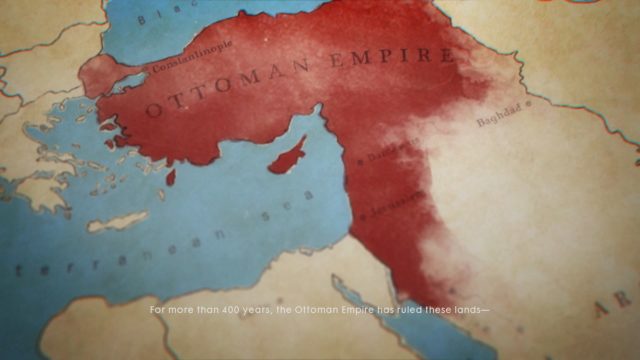
Continues on Page Two
Multiplayer: historical weapons are a great change of pace from the complexity of modern warfare
The other campaigns are amazing as well, but the multiplayer is why most people buy the game. Well, Battlefield 1 is one of the best multiplayers they have yet come out with. It is a wholly abrupt change in tone from dramatic to fun, but it works very well.
The historical setting makes gunplay fun. No longer will an automatically-guided drone blow up in your face, weapons can’t scan for targets on their own and helicopters no longer pick up 40+ kills on near-helpless infantry.
If you are killed by a random explosion, someone had to climb into a tank or cannon, aim for the drop, and hit you with an accurate shot. Guns are far from perfect and don’t always hit right where you aim. This makes the support class’s machine guns a terror up close but more of a suppressive force at range.
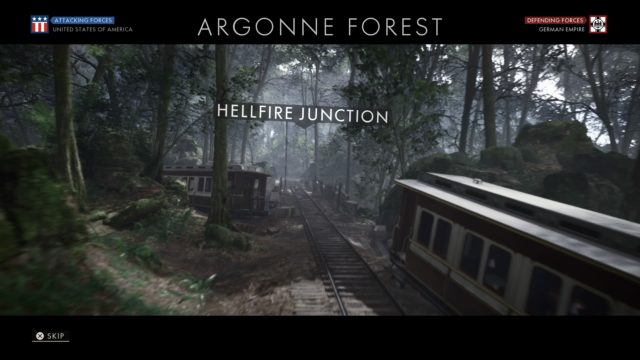
Tanks are fun and a little overpowered, as they probably should be, but you have to aim your shots well. Tracks can be blown off and a few people working together, or one man with all the right tools can still take out a tank.
The maps are quite good, they are rarely symmetrical, but still balanced, making for varied gameplay throughout the whole map. As mentioned before, everything is gamified to make it fun, but there is a robust historical base.
If you turned off your HUD (informative display) multiplayer has plenty of times where it looks like you stepped into an authentic warzone. People use trenches, gas occasionally floods the field and dynamic weather rolls in, making for intense bayonet charges through the dense fog without fear of snipers.
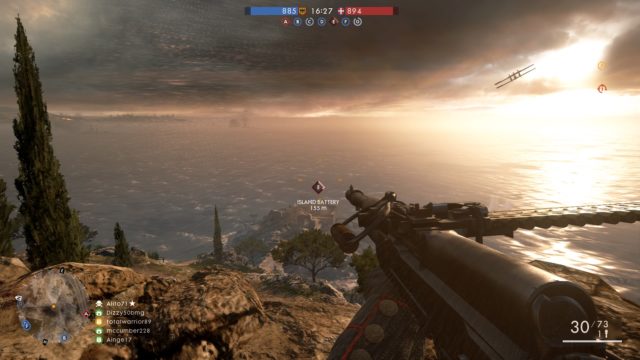
By far, the best new feature for a Battlefield multiplayer is operations mode. This is like a campaign but with multiplayer. Players get assigned one side for a series of battles over a strategic area. In one case it’s the Americans against the Germans or British against the Ottomans.
Battles are fought over two to three command points at a time, and the attackers have to simultaneously hold all of them to lock the position and move up the map to the next set. After claiming all of them on one map, the battle transitions to another map with the battle still raging. Attackers get as many as three failed assaults before the defenders win.
The mode feels epic with actual voiceover work and introductory videos that show the importance of objectives and a narrator discussing the outcome or the ‘what if’ of a counterfactual outcome. It’s a very well done feature for a simple multiplayer mode, and it stands out quite a bit.
The mode can take over an hour to play, making it even more rewarding for your team to finally pull out a victory defending that last scrap of land or pushing on with only a dozen men left in the last assault wave.
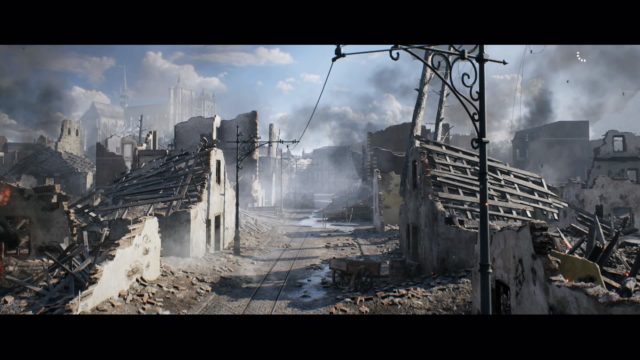
Battlefield 1 is a sterling example of how to handle a historical war, with both a serious look at the scale and horror of the war and fun gameplay. The campaign alone is finally worth the price of the game even if you don’t play the multiplayer.
Though the French are woefully unrepresented, a steady stream of new content is planned for at least the next year so that we might see French operations modes and maybe even a mini-campaign for France. For now, however, very little is seen of those who may have suffered the most. Russia and the Eastern Front is similarly unrepresented, though the struggle and suffering there was very real, costing well over 10 million lives.
Overall, the most eagerly anticipated war game of 2016 was well worth the wait.
